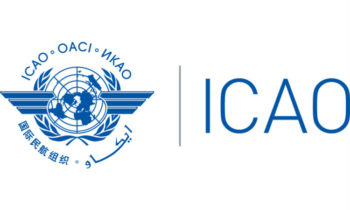Source: ICAO
During the Third ICAO Conference on Aviation and Alternative Fuels (CAAF/3), held in Dubai, United Arab Emirates, from 20 to 24 November 2023, the international aviation sector has taken a giant leap to accelerate its decarbonization.
By the adoption of a new ICAO Global Framework for Sustainable Aviation Fuels (SAF), Lower Carbon Aviation Fuels (LCAF) and other Aviation Cleaner Energies, ICAO and its Member States have agreed to strive to achieve a collective global aspirational Vision to reduce CO2 emissions in international aviation by 5 per cent by 2030, compared to zero cleaner energy use.
Key elements of the Framework include a collective Vision for the clean energy transition, harmonized regulatory foundations, supporting implementation initiatives, and improved access to financing for related initiatives so that “No Country is Left Behind.”
In pursuing the Vision, each State’s special circumstances and respective capabilities will inform their ability to contribute to the Vision within their own national timeframes, without attributing specific obligations or commitments in the form of emissions reduction goals.
“The role of the Framework is to facilitate the scale-up of the development and deployment of SAF, LCAF and other aviation cleaner energies on a global basis, and mainly by providing greater clarity, consistency and predictability to all stakeholders, including those beyond the aviation sector. Investors, governments and others all need greater certainty regarding the policies, regulations, implementation support, and investments required so that all countries will have an equal opportunity to contribute to, and benefit from, the expansion in the production and use of these fuels and the expected emissions reductions they will lead to,” said ICAO Council President Salvatore Sciacchitano.
ICAO’s Framework will support the clean energy transition of the aviation sector needed to achieve the current goal of Net-Zero carbon emissions by 2050 as adopted by the ICAO Assembly in 2022. It has been designed to sends a steady signal to public and private investors, as well as fuel producers, on the opportunities to fully support and unlock the potential of the aviation sector’s energy transition.

